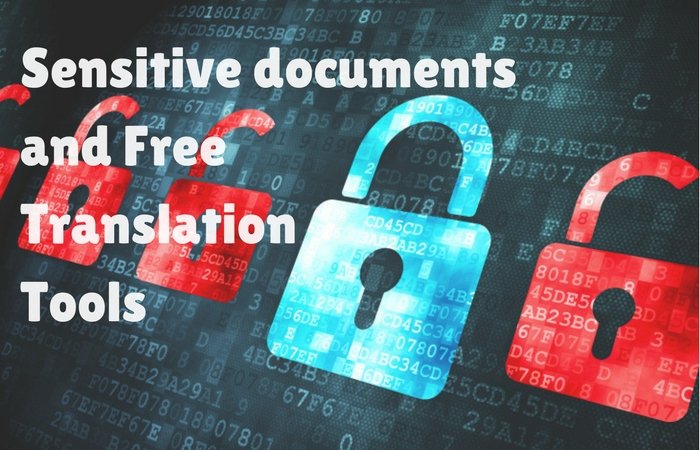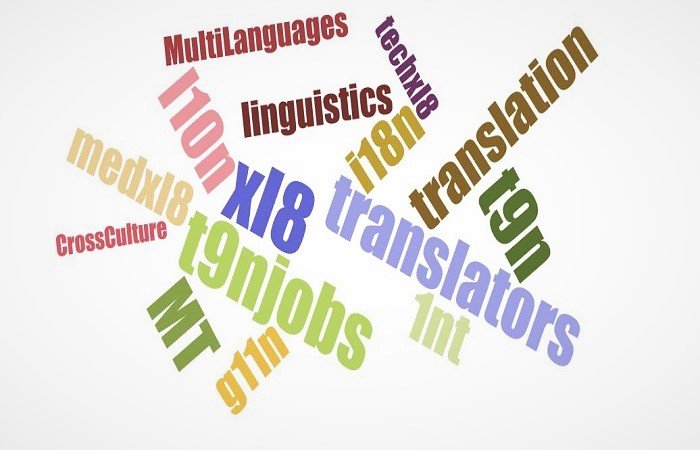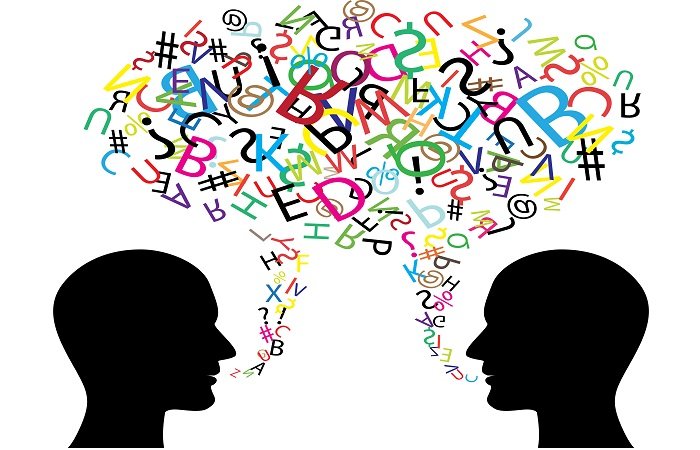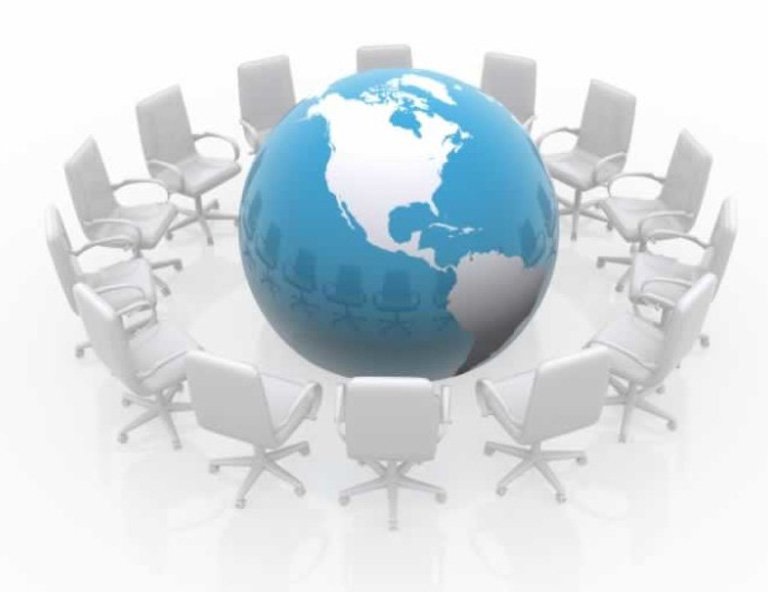Consider for a moment what it would be like if you broke your arm on holiday in Mexico. One minute you’re enjoying soaking up the sun in your resort, the next you slip on your way to the pool, and you’re on your way to hospital not understanding a word anyone says around you. From start to finish you don’t understand questions that are asked of you, never mind being able to answer them, and you realize that this communication barrier puts you at risk.
The situation is no better for the health care professionals at the hospital. As a doctor or nurse, treating patients you cannot communicate with is far from ideal. On the one hand, they are injured or sick and require treatment, but on the other hand medical treatment requires understanding and consent; proceeding without this is a risk to the patient and to the doctor´s reputation and career.
This exact situation is why producing and translating materials into different languages is an essential part of health care.
Why provide health care documents in Spanish?
Spanish is the second language of the US and 900,000 Hispanics live in North Carolina alone, which is nearly 10% of the state’s population. There is a considerable part of this population that has limited or even no English. Providing health care and medical documents in Spanish aids communication, but these translations need to be accurate and appropriate in order to achieve the following goals:
- to ensure understanding of diagnosis, treatment and medication schedules, as well as any other educational or informative materials.
- to eliminate the risk of patients unnecessarily attending services such as the emergency room. For example, a patient with sunstroke may just need rehydrating, but if the source of the problem cannot be communicated, the patient will end up taking up emergency resources.
- patients will retain medical printed materials if the translation is of a high standard. Badly translated materials or materials in unknown languages are quickly discarded.
- to protect medical professionals from legal proceedings as a result of miscommunication due to lack of professionally translated information.
- to eliminate time being wasted trying to communicate in unknown languages.
Remember: Poorly translated medical and health care materials are as much of a risk as having no translated materials at all. Only accurate, professional Spanish translations will help communication with Hispanic populations.
Recommended steps for health care translations
There are certain recommended steps that should be taken when planning health care translations.
Preliminary planning
Spend some time investigating whether the information you want to translate into Spanish already exists in your organization. If translated materials are already available, consider how you will evaluate them. The level of accuracy will need to be checked thoroughly as mistranslated information makes the purpose of a translation null and void. The reading level will need to be assessed to ensure it is of the correct level for the target audience, in certain situations a simplified text will be more appropriate.
Evaluating existing Spanish materials
When there is a sudden need for health care materials in Spanish, medical settings may use existing translations without evaluating them first. However, the evaluation step is crucial to ascertain if the material is accurate, appropriate and therefore usable.
This evaluation can be carried out by a Spanish speaker within your organization, or you will need to employ the services of a Spanish-speaking proofreader or editor who will be able to compare the content to the English version and check the quality and accuracy of the translation.
Other points that should be thoroughly checked include whether the text is culturally appropriate, whether it targets its audience in the appropriate way and finally whether it reflects your health care setting’s recommendations and provides up-to-date information.
Remember: Ordering pre-existing bilingual materials from a catalog or agency is no guarantee of quality and very few medical organizations have their own evaluation procedure.
How to present Spanish translated materials
Another important step when considering translating medical materials into Spanish is how they will be presented. There are various options to choose from:
- having two separate versions: one in English, one in Spanish.
- having one document with both languages. For one-page documents the English could be on one side and the Spanish on the other. For longer documents the translations could be separated into different sections, or the Spanish could be set in a block next to the English text.
- including the Spanish under each line of English. However, this method tends to be used more for forms, as it looks untidy and can be hard to follow in extended pieces of texts.
In our next post, we will discuss how to recruit qualified translators, negotiate terms, the development phase and how to review and proofread translated materials.













